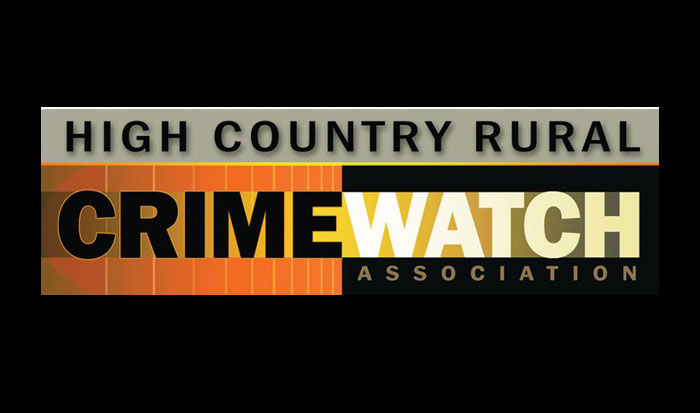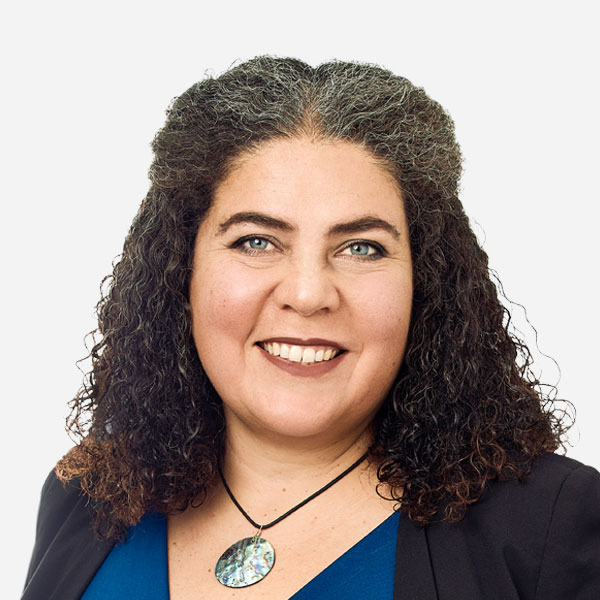Flying Personal Drones
I recently received a phone call from a person who was upset about a drone that was flying over their property, and they felt the drone was spying on them. This is an increasing concern due to the relative ease of buying a drone. Operating a drone legally is not as simple as operating a remote-controlled toy car.
A good place to start getting educated about personal drone operation is the Transport Canada Flying Your Drone Safely and Legally web site. Most of the following information is from that website.
“Drones are aircraft—which makes you a pilot. When you fly your drone, you’re sharing the skies with other drones and aircraft. Before you fly, understand the rules you must follow and review our safety tips.
Drone pilots must follow the rules in the Canadian Aviation Regulations (CARs). Part IX – Remotely Piloted Aircraft Systems contains most of the rules that apply to drones up to 25 kilograms. You should read these regulations in full before you fly your drone for the first time.
Drone pilots must carry a valid drone pilot certificate and only fly drones that are marked and registered. A valid drone pilot certificate is a printed or electronic document issued by Transport Canada. If you are flying a drone that is less than 250 grams, you do not need to register the drone or get a drone pilot certificate.”
Because of the 250 gram (0.55 lbs or about the weight of a large apple) dividing line, drone manufacturers are producing drones that weigh less than that, including drones equipped with a camera. Below 250 grams you don’t need a drone pilot certificate and drone registration, but you still need to follow the relevant laws.
More from the Transport Canada website:
“Respect all other laws: You must respect all other laws when flying your drone.
We encourage you to read the following documents before you fly for the first time:
Relevant sections of the Criminal Code, including Offences against Air or Maritime Safety, Breaking and Entering, and Mischief
- Your province’s trespass act
- Laws related to voyeurism and privacy
You must respect the privacy rights of others when you fly. We investigate reports of unsafe flying. We may involve local police if you break other laws.
While flying – To keep yourself and others safe, fly your drone:
- Where you can see it at all times. Visual- line-of-sight means keeping your device in sight at all times without visual aid (for example, binoculars or video feed). This means not flying into clouds or fog, or behind trees, buildings or other (even partial) obstructions.
- Below 122 metres (400 feet) in the air
- Away from bystanders, at a minimum horizontal distance of 30 metres for basic operations
- Away from emergency operations and advertised events: Avoid forest fires, outdoor concerts, and parades
- Away from airports and heliports: 5.6 kilometres (3 nautical miles) from airports. 1.9 kilometres (1 nautical mile) from heliports
- Outside controlled airspace (for basic operations only)
- Far away from other aircraft: Don’t fly anywhere near airplanes, helicopters, and other drones”
There are other No Drone Zones including National Parks, Alberta Provincial Parks, and over border crossings. Alberta Hunting Regulations prohibit “hunting any wildlife with or from an aircraft, or communicate, for the purpose of hunting, the signs or whereabouts of wildlife seen during a flight on an aircraft, including the use of unmanned aerial vehicles”.
When my wife and I were visiting Grasslands National Park in southern Saskatchewan a few years ago there was a drone flying over the campsite (illegal as per above but see below). Grasslands National Park is known for its wild bison herds. As it so happened, camping next to us was a professor who studies bison (I believe he was from Laval University). In conversation he informed me that bison do not like drones and may stampede. It is recommended that you not operate drones near livestock or wildlife.
I later talked to the drone operator who, as it turned out, was with the RCMP (hence the NP exemption). They were doing border patrol for illegal entrants and the drone was one of their surveillance methods.
If you are operating a drone for commercial use, there is a whole other list of requirements. Operating a drone comes with certain legal responsibilities. Drone laws are constantly evolving as drone use and technology evolves. The above information is only intended to make you aware of drone flying responsibilities. It is incumbent upon you to know the specific relevant laws.
Dave Schroeder
HCRCWA Board Member


























